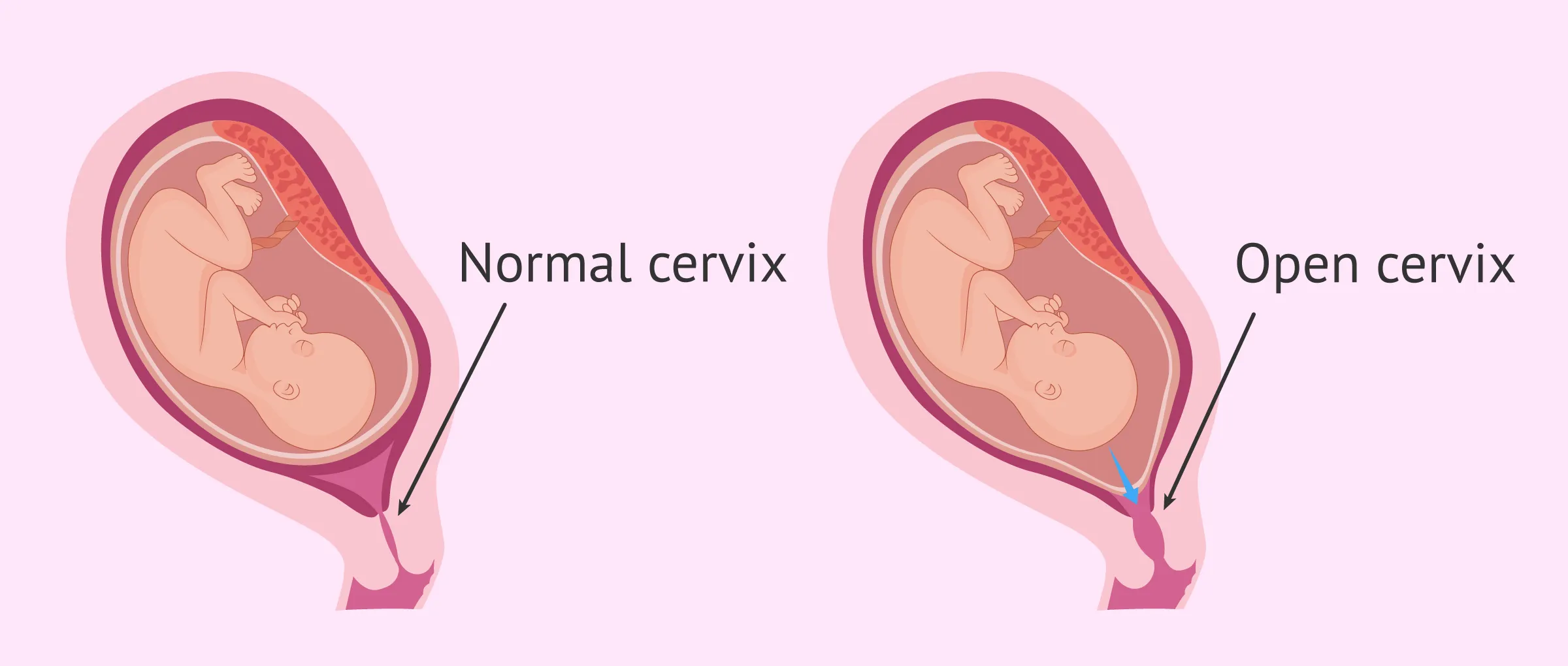Protecting Pregnancy: Treating Cervical Incompetence

Pregnancy is a unique experience for many women, but it is not without its complications to the mother’s health. One of these is cervical incompetence, or cervical insufficiency. This occurs when the cervix, the lower region of the uterus, becomes weakened and opens too soon during pregnancy. This may result in premature delivery or miscarriage, usually in the second trimester. Physicians estimate it occurs in roughly 1 out of 100 pregnancies, though risk is increased for certain women. Protecting pregnancy from cervical incompetence involves efforts to identify and treat this issue in its early stages in order to save both mother and baby, promoting improved maternal health results.
Understanding Cervical Incompetence
The cervix functions like a gate. In a healthy pregnancy, it remains closed and firm until the baby is due to be born. However, with cervical incompetence, the tissue is weak, and the pressure of the enlarging baby stretches and dilates it without pain and contractions. This can lead to the loss of the pregnancy if not treated promptly, and it can be a serious risk to maternal health.
What is Cervical Incompetence Caused By?

Also Read: 9 Health Issues Every Woman Should Understand
There are various reasons why this can occur, and it may affect maternal health. The cervix may be damaged by previous surgeries, such as for abnormal cells or cone biopsies. Previous traumatic births or abortions may also be a reason. Some women have a weaker cervix since birth due to genetic factors. Other dangers are carrying more than one baby, infection, or exposure to chemicals such as DES (once used in medicine). All reasons are not yet known, and occasionally it occurs without a known cause, making it harder to control maternal health.
Risk Factors
Mothers who have had a preterm birth or second-trimester miscarriage are at greater risk. Physicians will monitor these women closely when pregnant again in order to aid maternal health and avoid complications.
Signs and Symptoms of Cervical Incompetence
Cervical incompetence can be deceptive because it will frequently have no noticeable signs initially, so prenatal care for cervical problems is especially important. Most women do not experience pain. However, as it continues, they may experience subtle symptoms between week 14 and 20 of pregnancy. They are a sense of pressure on the pelvis, backache, spotting or light vaginal bleeding, and a change in vaginal discharge that may be watery or mucus-like. At times, women experience a sensation of something passing out of the vagina.
Critical Warning Signs
If bulging membranes are detected during an examination, then the amniotic sac is breaking through the open cervix. This is a dangerous sign and requires immediate medical assistance to protect maternal health. Routine check-ups are required in prenatal care for issues with cervical health to identify these issues early.
How Doctors Diagnose Cervical Incompetence
Diagnosis begins with the medical history of a woman, an important aspect of pregnancy management of cervical incompetence. Doctors suspect cervical incompetence if she has experienced preterm delivery or losses in the past. They employ ultrasound to assess the length of the cervix. A reduced cervix, which is less than 25 mm prior to 24 weeks, is an indicator of warning. Pain-free dilation may be observed upon physical examination, which is an indicator of taking steps at once to secure maternal health.
Diagnostic Tools
In a few situations, physicians perform a test known as fetal fibronectin, which measures a protein that indicates preterm labor risk. But ultrasound is the primary instrument used for monitoring in prenatal care of cervical health problems.
Treatment Options for Cervical Incompetence

Also Read: Autoimmune Diseases And Comorbidities In Women: A Comprehensive Guide
When diagnosed, treatment involves keeping the cervix closed for a longer period, an essential step in preventing preterm birth from cervical insufficiency. Most frequent is cervical cerclage. It is a procedure where physicians sew the cervix closed with a heavy suture. It is most often performed between weeks 12 and 14, but can be later in an emergency situation. The stitch is removed about week 37 to facilitate normal delivery.
Progesterone and Other Measures
Progesterone supplements are also an option in treating cervical incompetence during pregnancy. Women use them as injections or vaginal inserts to aid in making the cervix stronger and inhibiting premature opening. Bed rest, no heavy lifting, and pelvic rest (no intercourse) may be recommended. In more serious situations, hospitalization with monitoring is required for the health of the mother.
Treatment Considerations
Not all treatments work for everyone, and there are risks like infection from cerclage. Doctors weigh the benefits and discuss them with the patient to safeguard pregnancy from cervical incompetence.
Prevention and Safeguarding Measures
Prevention of preterm birth from cervical insufficiency begins with proper prenatal care. Women need to visit their physician early and frequently. At high risk, they receive additional ultrasounds to monitor the cervix, a pillar of prenatal care for cervical-related problems. Not smoking and promptly treating infections also help, supporting general maternal health.
Preventive Interventions
For women with a history of problems, preventive cerclage before symptoms are even present can be performed. Lifestyle modification in the form of healthy eating, proper hydration, and managing stress aids overall pregnancy well-being and supports maternal health.
Education and Support
Education plays a central role in the management of cervical incompetence during pregnancy. Women are educated on warning signs and when to seek medical attention. Counseling and support groups address the emotional aspect since this condition could lead to anxiety, which may impact maternal health.
Looking Ahead: Advances in Maternal Health
Medical breakthroughs bring a glimmer of hope for women’s maternal health. New studies consider improved methods of anticipating and managing cervical incompetence, such as employing 3D ultrasounds or innovative cerclage materials. If cervical problems receive appropriate prenatal care, numerous women end up with healthy infants.
Protecting pregnancy from cervical incompetence involves awareness, early intervention, and medical care. It defends the path to motherhood and provides babies with the best possible start, promoting healthier maternal outcomes.









